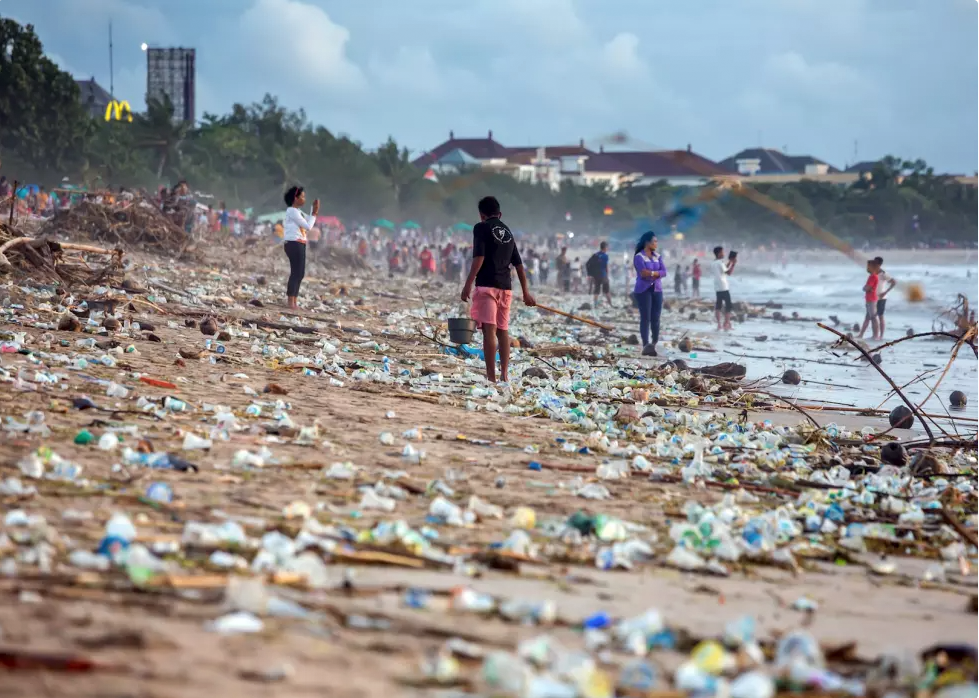The Transition | Special July 2022 Issue
People and progress in solving the ocean plastic crisis
OpenOceans Global launches app to map plastic-fouled beaches
On Monday, July 11, 2022, OpenOceans Global announced the launch of its online application allowing citizen scientists to map coastlines around the world that are pervasively fouled by plastic. The goal is to visualize where marine plastic ends up, identify the source, and match the best solutions to stop the flow of plastic to the ocean. Submissions will appear on our ocean plastic map. The app was launched in conjunction with the 2022 Esri User Conference in San Diego. Esri software powers the mapping app.
2/3 of ocean plastic is on land
Public perception is that most ocean plastic gathers in five gyres in the Pacific, Atlantic, and Indian oceans. The surprising truth is that approximately two-thirds of ocean plastic is on the world’s coastlines. Furthermore, leading studies report most ocean plastic reaches the sea via rivers. Once pervasively-fouled coastlines are mapped, the scope of the problem can be visualized, the source of the plastic can be determined, and solutions can be implemented.
We are asking Transition readers to help
You can help OpenOceans Global make this effort successful by forwarding this email to:
- Media outlets so they can read this press release
- To organizations you know that might spread the word.
- Your members or lists.
Plastic-fouled coastlines can be found all over the world

Plastic fouled coastlines like Kuta Beach in Bali, Indonesia (above), can be found all over the world. This new mapping app will document and visualize these places to the public and decision-makers can truly see the extent of the problem and where to allocate resources,
OpenOceans Global’s online app allows users to mark the location of a plastic-fouled beach, upload an image, and provide additional information about that section of coastline. If known, users can provide the source of plastic and what is being done to mitigate the problem. The app was developed using Survey123, another Esri technology, and can be used on a computer or a mobile device.
According to one reputable study, as much as 84% of ocean plastic originates from nine countries in Asia and Brazil. Another study estimates more than 70% comes from 7 countries in Asia, Brazil, Turkey, and Nigeria. The majority of ocean plastic reaches the ocean via rivers. Focusing on those countries can their rivers could have a tremendous impact in reducing the amount of plastic reaching the ocean.